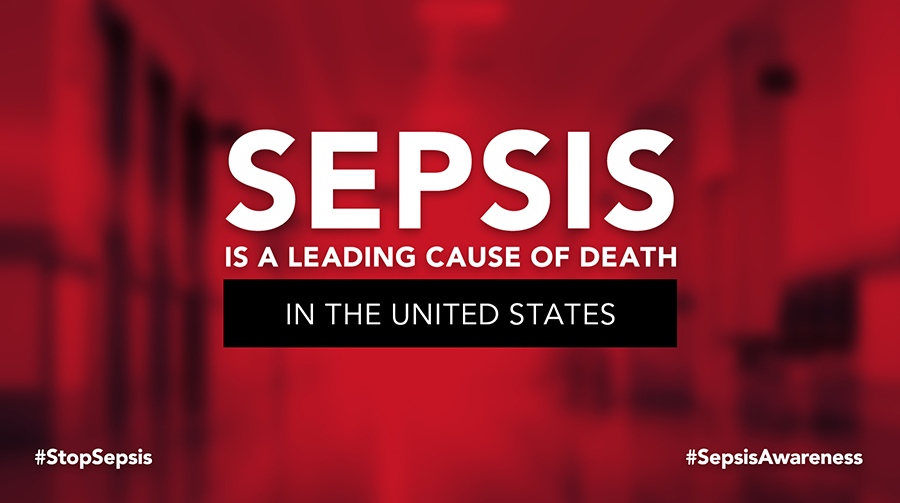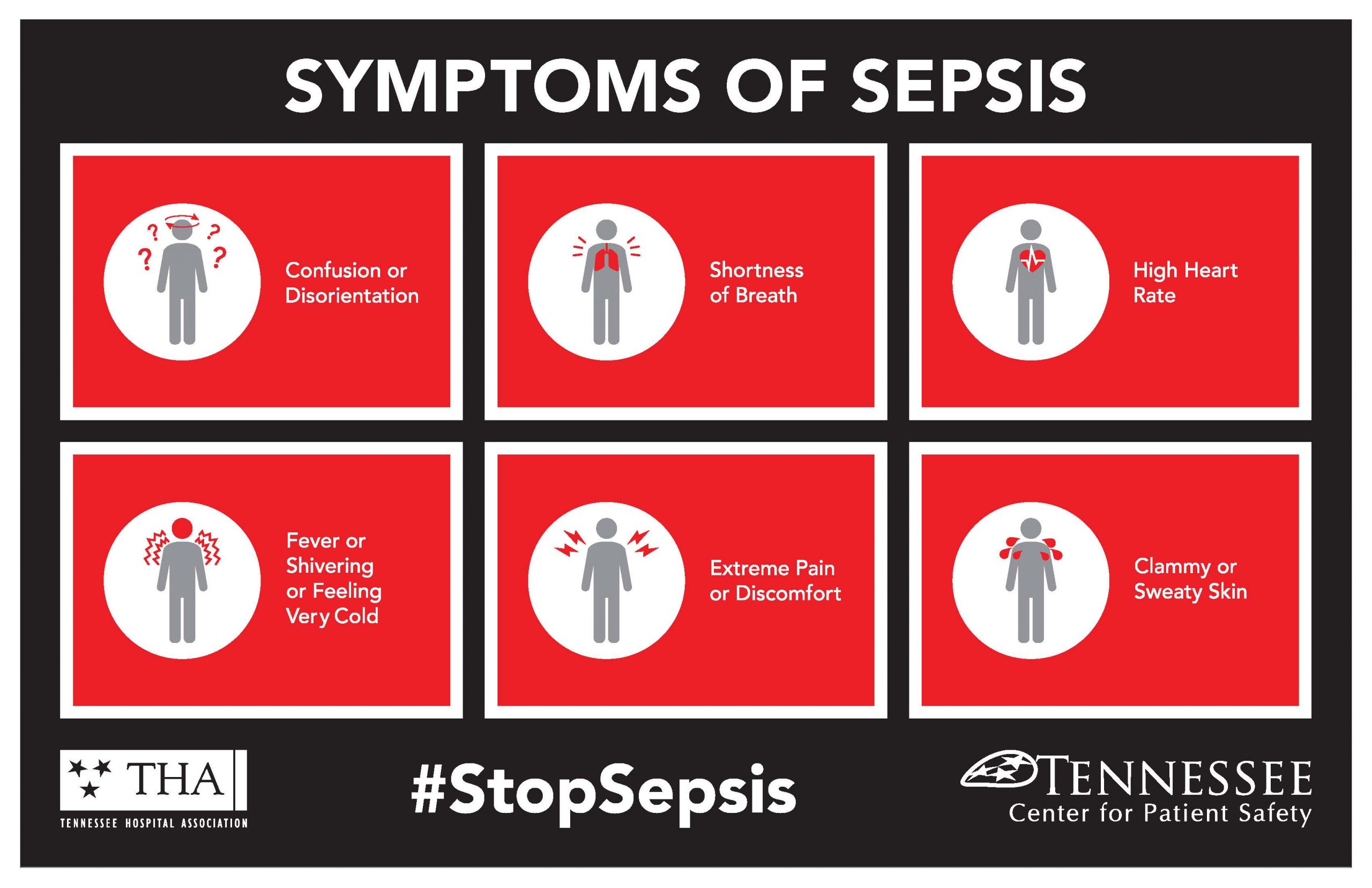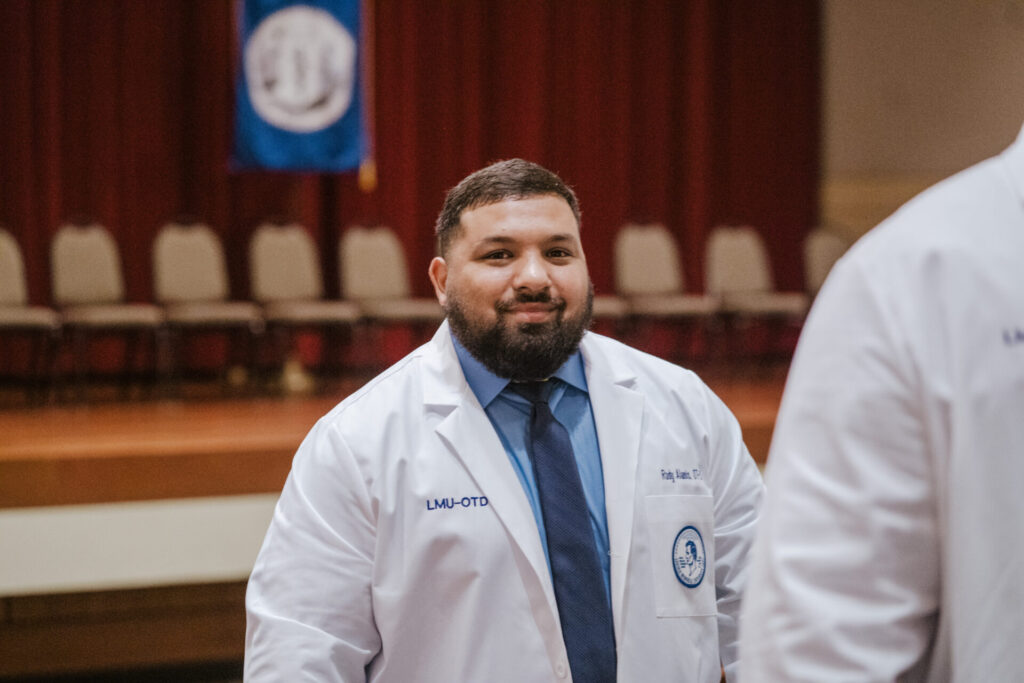- Find a DoctorDoctors by Specialty
- Cardiac Electrophysiology
- Cardiology
- Colon & Rectal Surgery
- Family Medicine
- Gastroenterology
- General & Vascular Surgery
- Gynecological Oncology
- Gynecology
- Infectious Disease
- Internal Medicine
- Interventional Cardiology
- Interventional Radiology
- Nephrology
- Neurology
- Neurosurgery
- Obstetrics & Gynecology
- Oncology
- Oncology & Hematology
- Orthopedic Surgery
- Otolaryngology
- Perinatology
- Psychiatry
- Pulmonary Medicine
- Radiation Oncology
- Rheumatology
- Sleep Medicine
- Thoracic Surgery
- Urology
- View All Doctors
- Our ServicesMedical Services
- Bariatric Services
- Behavioral & Mental Health
- Breast Care
- Cancer Care
- Critical Care
- Ear, Nose, & Throat
- Emergency Services
- Gastroenterology
- Glossary
- Heart Care
- Home Care
- Hospice & Palliative Care
- Imaging & Diagnostics
- Long-Term Care
- Nephrology
- Orthopedics
- Primary Care
- Rehabilitation Therapies
- Robotic-Assisted Surgery
- Sleep Services
- Spine Care
- Stroke Care
- Surgery Services
- Telehealth Services
- Urology
- Urgent Care
- Virtual Urgent Care
- Women’s Services
- Wound Care
- Our Locations
- Patients & Visitors
- About Us
 Sepsis is a serious condition caused by the body’s abnormal and severe response to infection.
Sepsis is a serious condition caused by the body’s abnormal and severe response to infection.
When infection is introduced to the body, the immune system responds by releasing certain chemicals to fight the infection. Sometimes the body has an adverse reaction to infection which can cause inflammation, damage to cells, blood clots, leaking blood vessels, lowered blood flow or blood pressure, organ failure and even death.
According to the Tennessee Hospital Association, sepsis accounts for at least 8 million deaths worldwide each year, and in Tennessee, 75,000 adults and 800 children were hospitalized for sepsis in 2019.
Despite the large number of people who suffer from sepsis, less than 50 percent of the population knows about the disease.
“People don’t typically recognize if they have sepsis,” said Martin Gibbs, RN-BSN, CCRN, education coordinator in the critical care unit at Fort Sanders Regional Medical Center. “They feel bad, think they have a fever and treat it like they have a ‘bug.’ Knowing the signs and symptoms is the key to recognition and treatment.”
Sepsis is a medical emergency and needs to be treated right away. Early recognition and treatment are imperative for survival.
“If a patient or family member thinks they have an infection and are exhibiting signs and symptoms of sepsis, they should go to their nearest emergency department as soon as possible,” Gibbs said.

Sepsis Symptoms
Sepsis symptoms vary depending on the source of the infection, but some common symptoms include:
- Fever
- Fast heart rate
- Fast breathing
- Foggy thinking and confusion
- Weakness
- Dizziness and feeling faint
- Nausea and vomiting
- Diarrhea
- Urinating less or not at all
The symptoms are usually mild at first, but worsen quickly and can lead to permanent disability or death.
As the United States’ leading cause of death, sepsis should be taken seriously. To learn more about sepsis and symptoms, visit the Centers for Disease Control’s website.

























